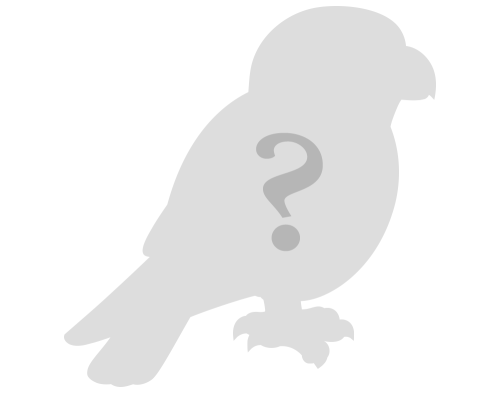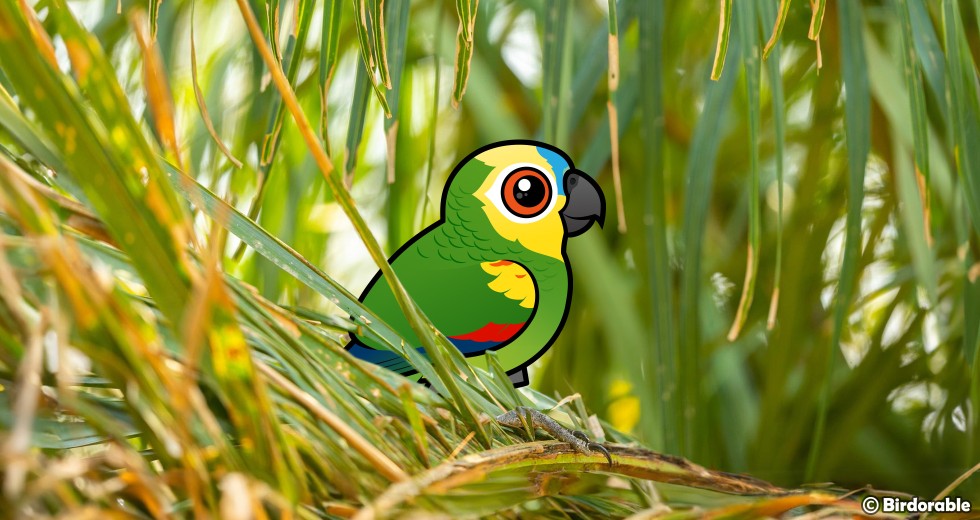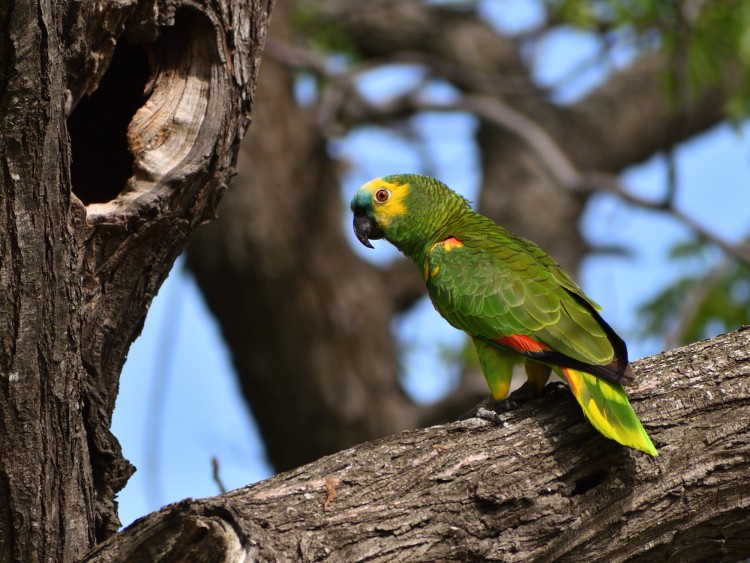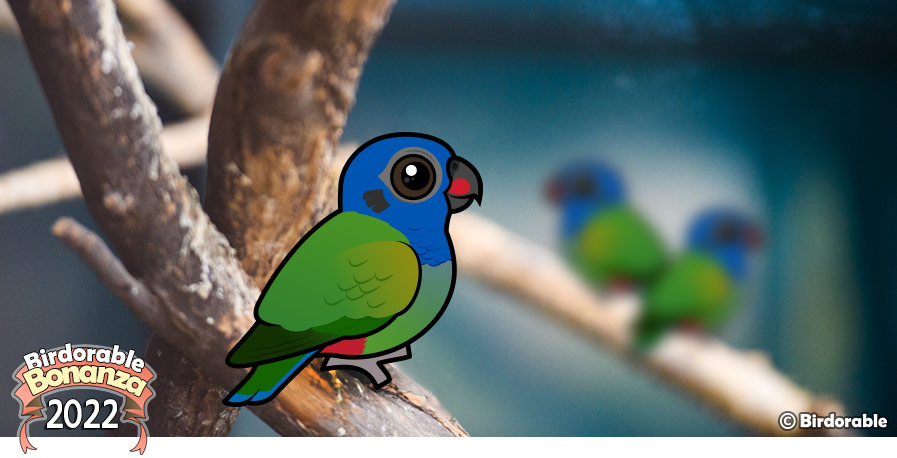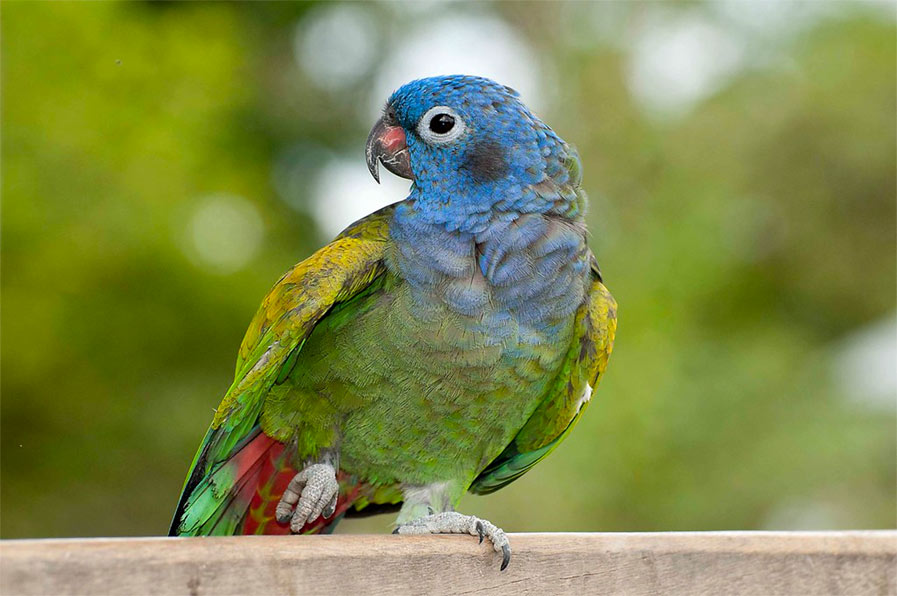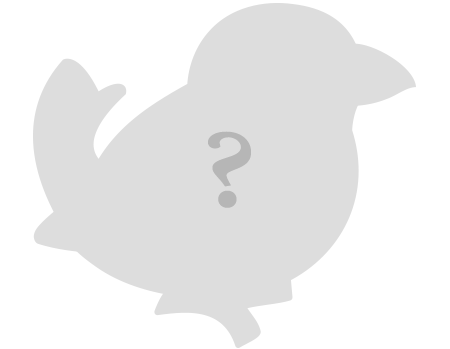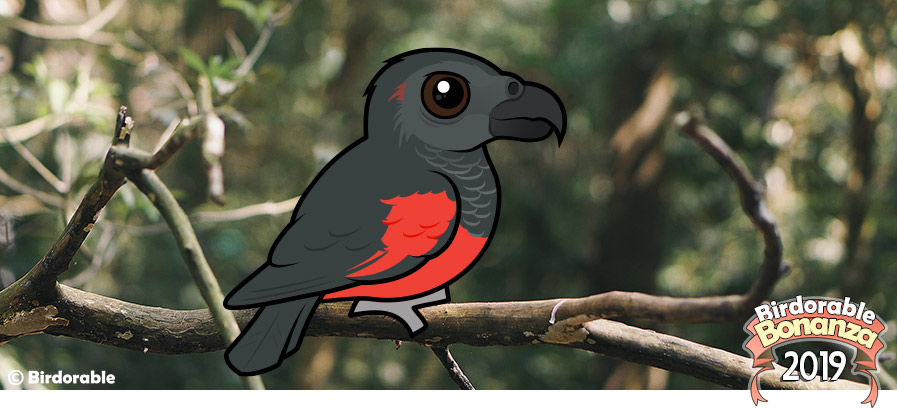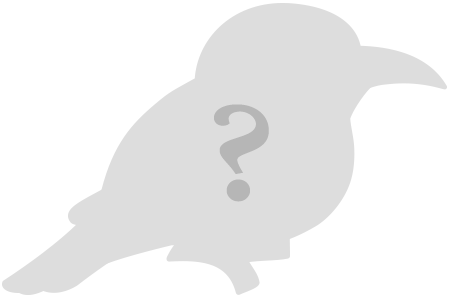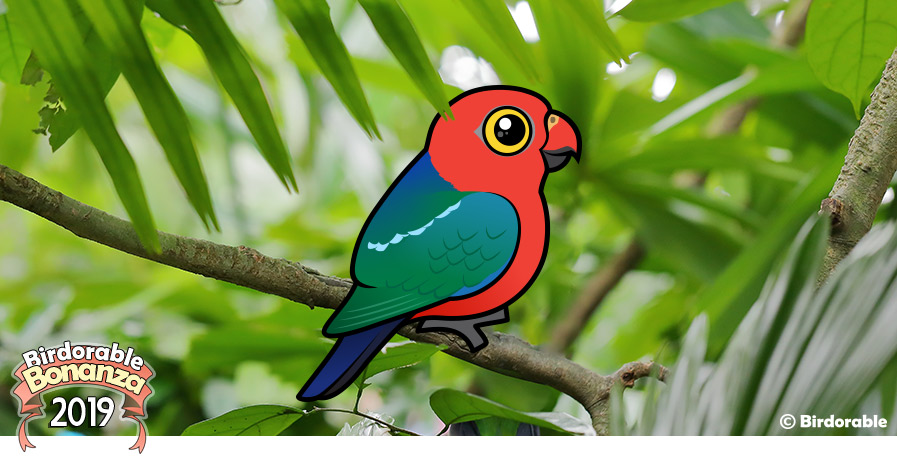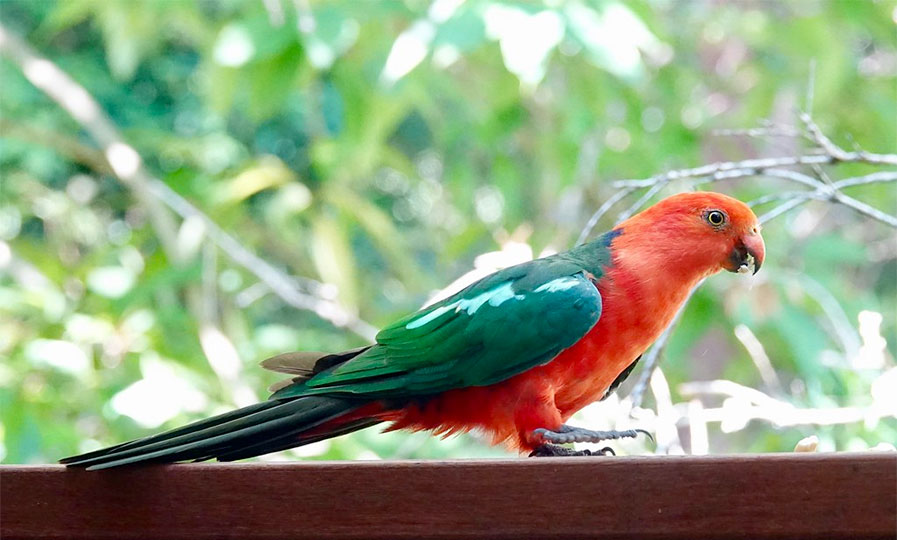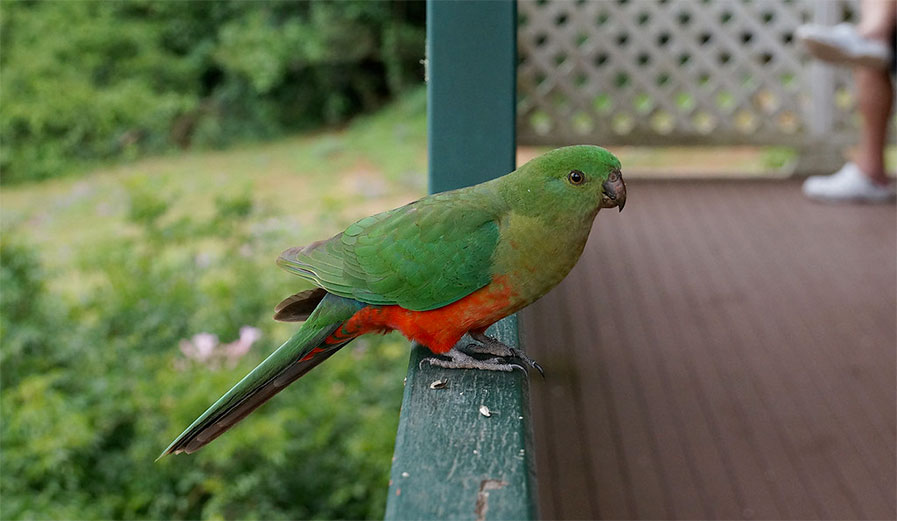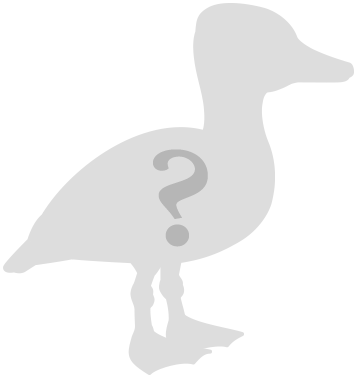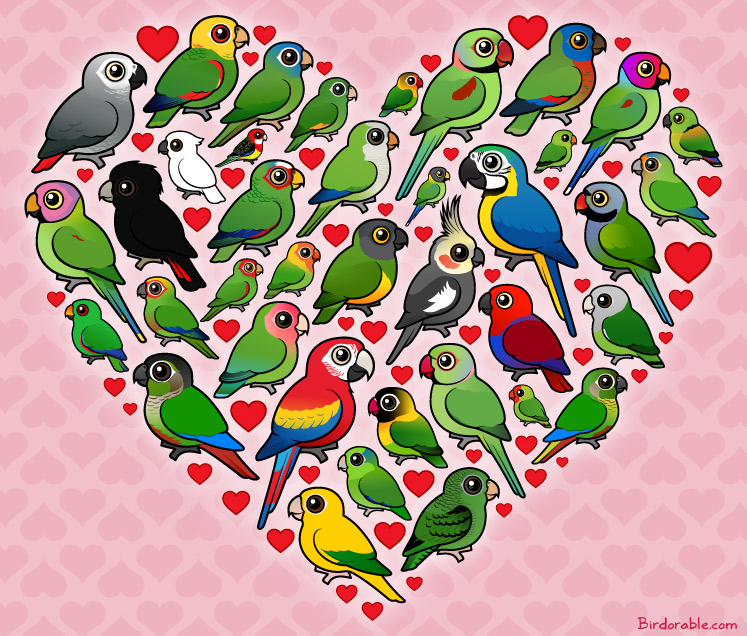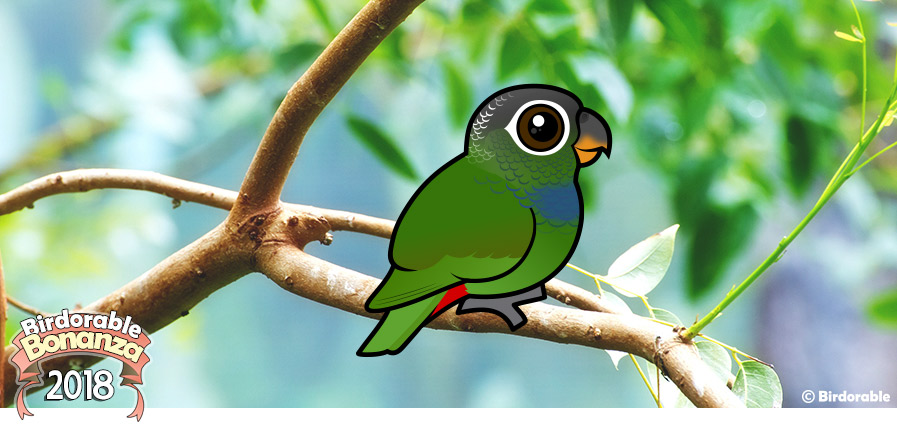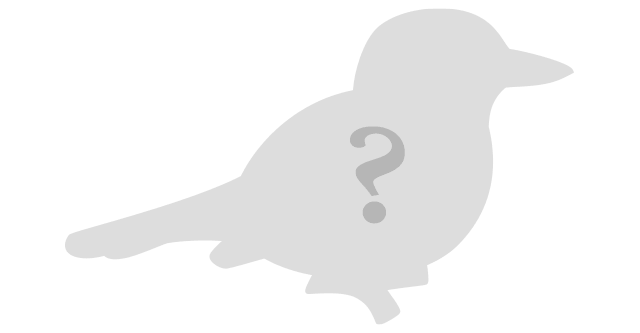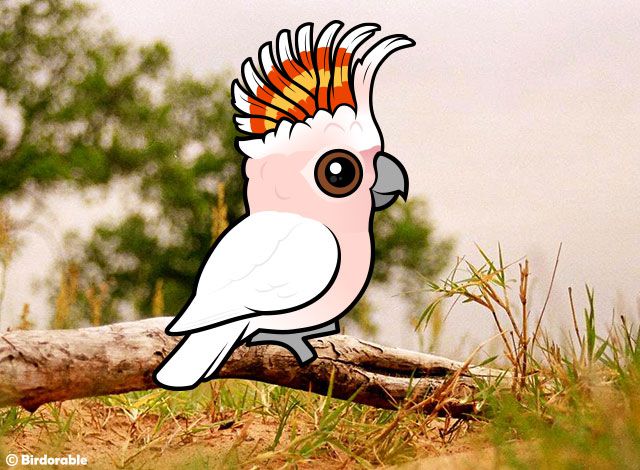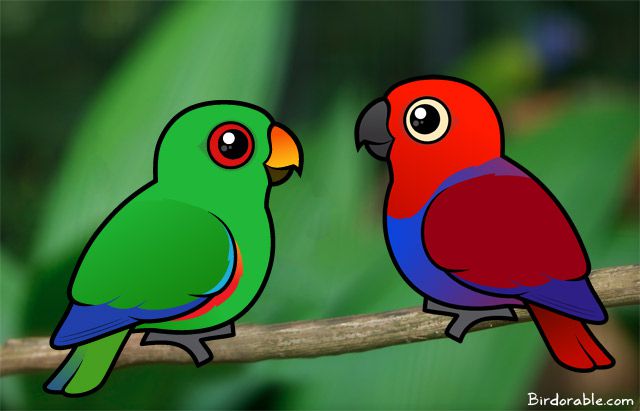2024 Birdorable Bonanza Bird #11
Puerto Rican Amazon: From Endangered to Hopeful
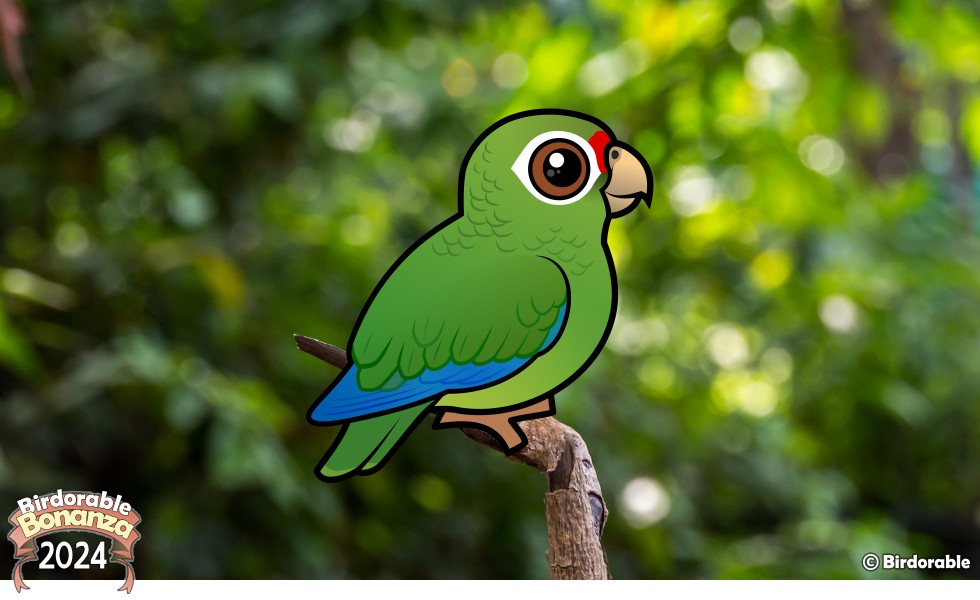
Today's addition to our Birdorable flock is an endangered species of parrot, the beautiful Puerto Rican Amazon.
The Puerto Rican Amazon, also known as the Puerto Rican Parrot, is a Critically Endangered bird endemic to the island of Puerto Rico. Known for its vibrant green feathers, blue-tinted wings, and striking red forehead, this parrot is not only a beautiful sight but also an important symbol of Puerto Rico’s natural heritage. Unfortunately, its survival has been gravely threatened by habitat loss, natural disasters, and human activity.
Once abundant throughout Puerto Rico, the Puerto Rican Amazon's population plummeted in the 20th century. By the 1970s, only 13 individuals remained in the wild, making it one of the rarest birds in the world. Habitat destruction due to deforestation was a primary cause, as large areas of forest were cleared for agriculture and urban development. The parrots lost not only their food sources but also the old-growth trees with cavities that they used for nesting.
Conservation efforts began in earnest in the late 1960s and have been crucial in pulling the species back from the brink of extinction. The U.S. Fish and Wildlife Service, in collaboration with the Puerto Rico Department of Natural and Environmental Resources and other organizations, launched a captive breeding and reintroduction program. Two aviaries, one in the Río Abajo State Forest and the other in the El Yunque National Forest, were established to breed parrots and prepare them for release into the wild.
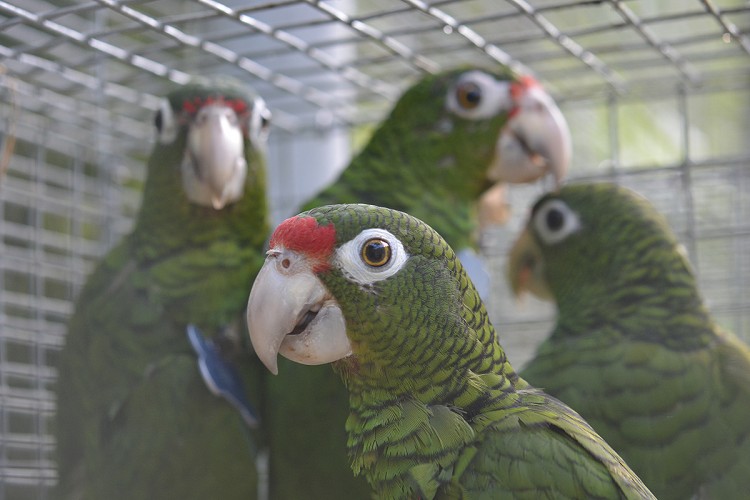
Puerto Rican Amazons Prior to Release by Jan Paul Zegarra, U.S. Fish and Wildlife Service Southeast Region [Public Domain]
The program has achieved significant milestones. By 2023, there were over 500 Puerto Rican Amazons, including both captive and wild populations. Despite these successes, the species remains vulnerable. Hurricanes, like Hurricane Maria in 2017, have posed severe setbacks, destroying habitat and wiping out reintroduced populations in some areas. In response, conservationists have worked to enhance hurricane resilience by planting native trees, creating artificial nesting cavities, and maintaining genetic diversity within the captive population.
Education and public engagement have also played a key role in the conservation of the Puerto Rican Amazon. By fostering pride in this iconic species, these efforts help reduce threats such as illegal poaching and habitat destruction. Local communities are encouraged to protect forests and support reforestation initiatives that benefit the parrots and other native species.
Despite the challenges, the Puerto Rican Amazon is a testament to the power of conservation. Its recovery, while still ongoing, is an inspiring story of collaboration and perseverance. Continued support and adaptive management will be essential to ensure this vibrant parrot once again thrives in its natural habitat.
Puerto Rican Amazon T-Shirts & Novelties
Tomorrow’s Birdorable Bonanza reveals a bird so cool, it sounds like a superhero! This speedy predator loves twilight hunting and has a name that might make you think it fights crime at night. Can you guess what it is? 🤔 Na na na na na na na na na na na na na new bird! 🦇
